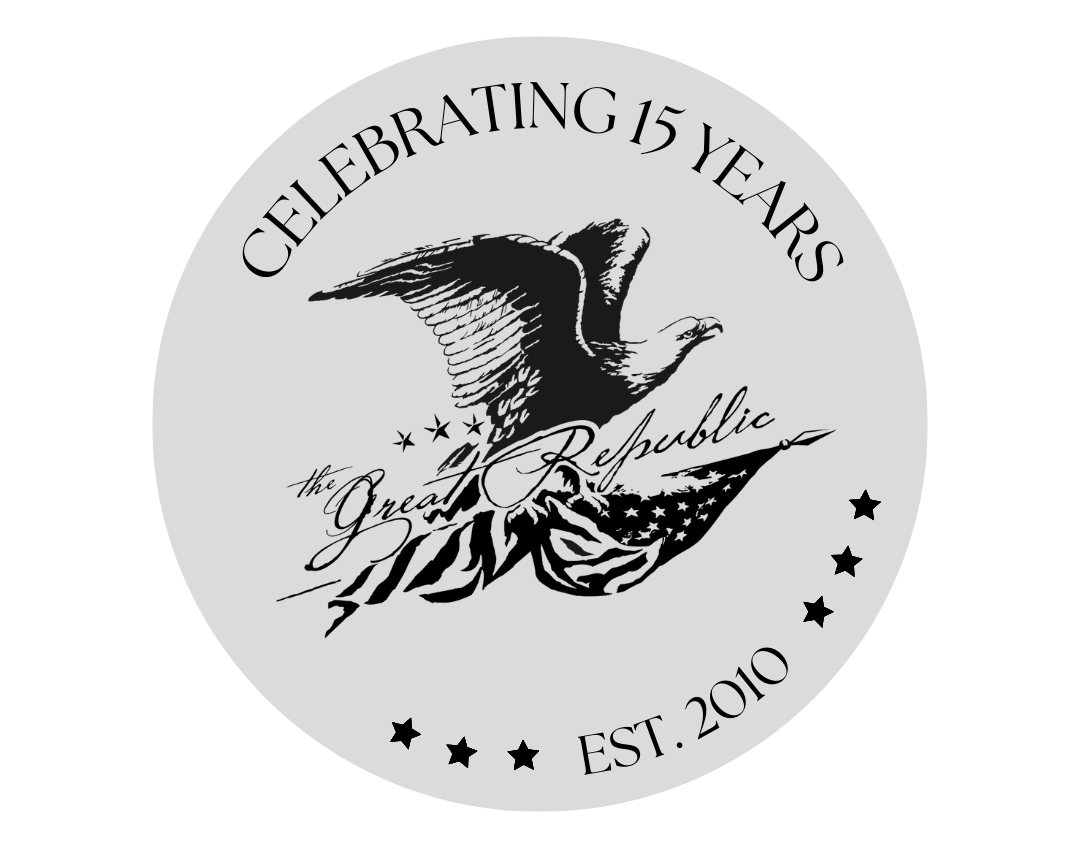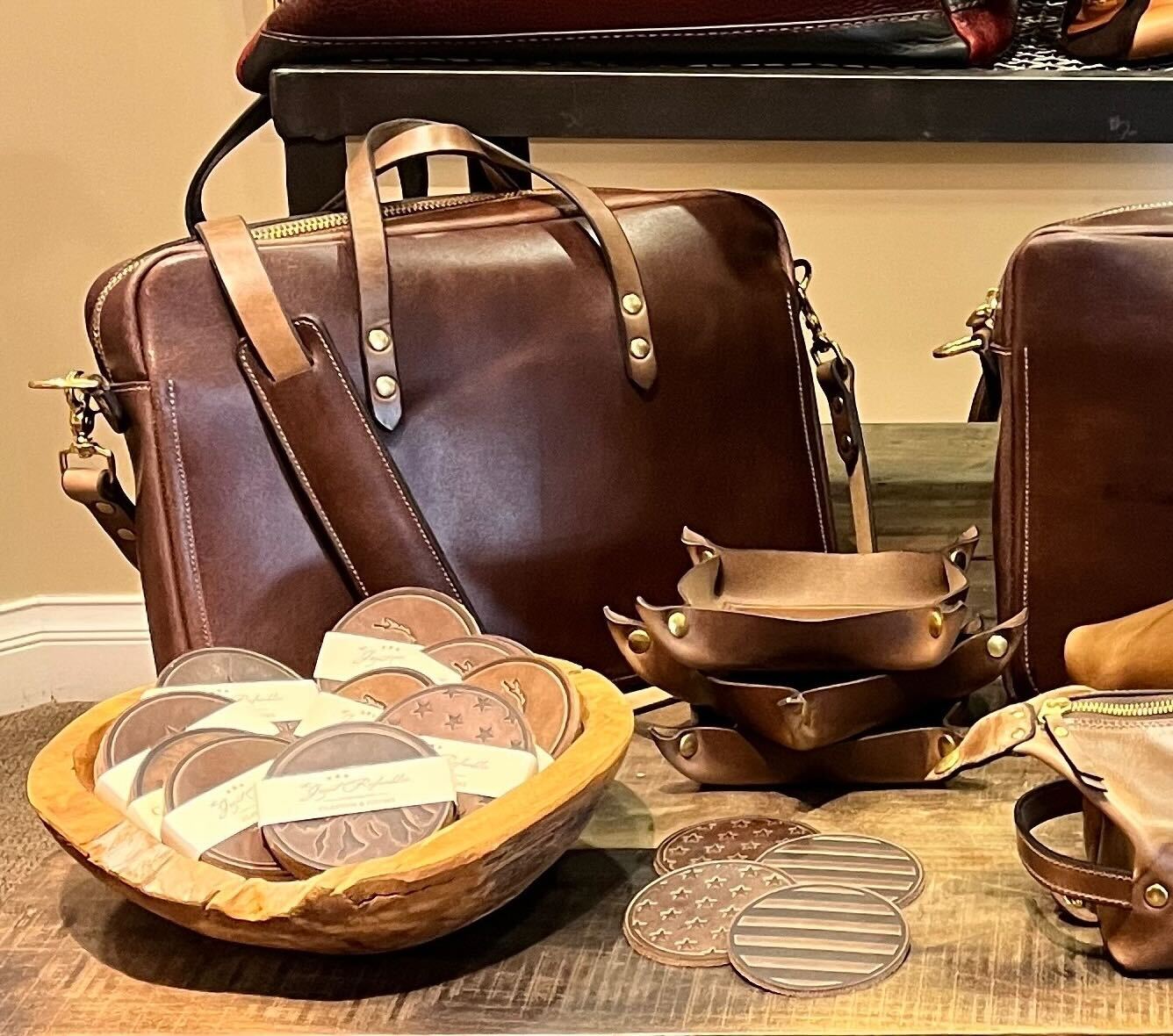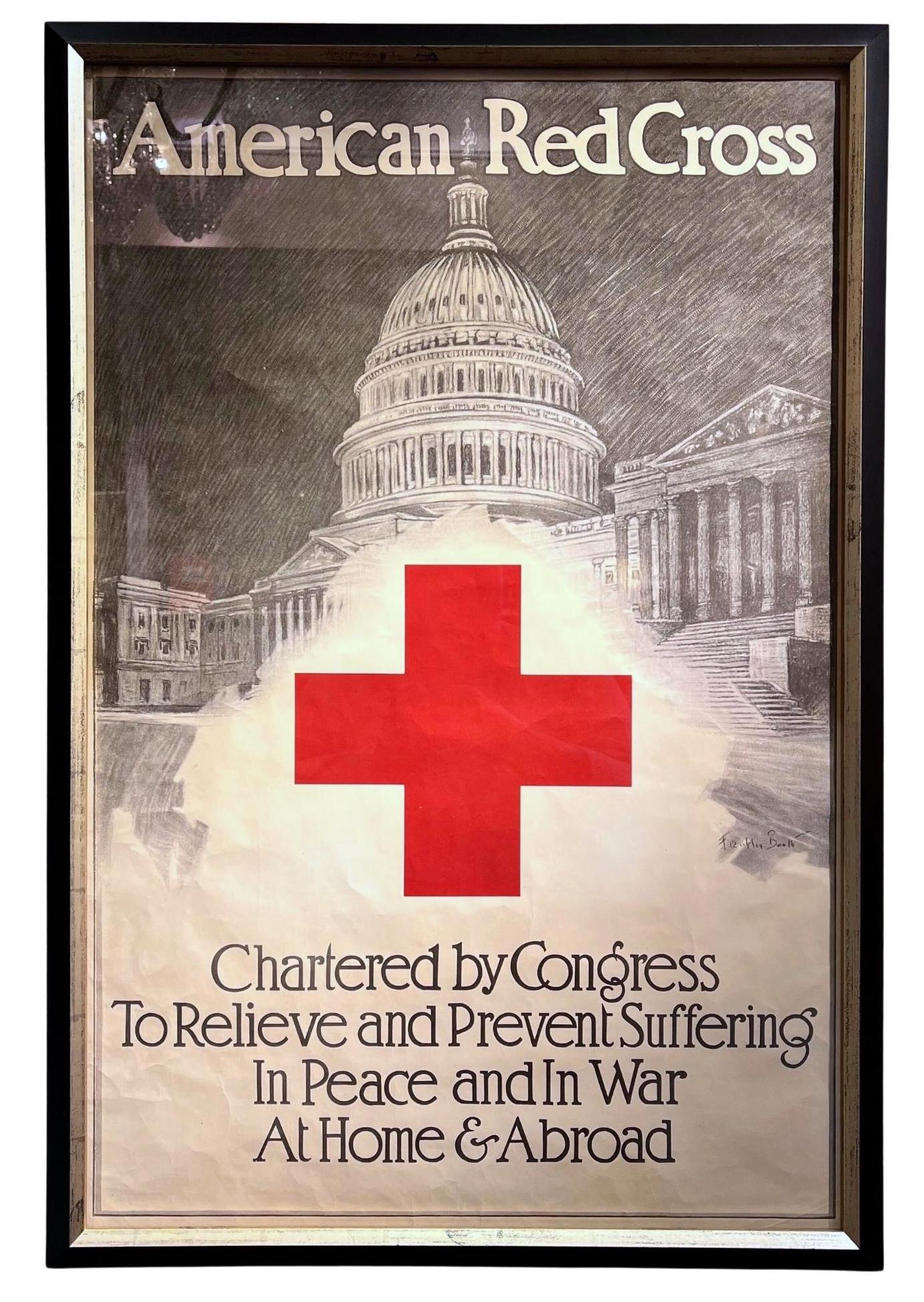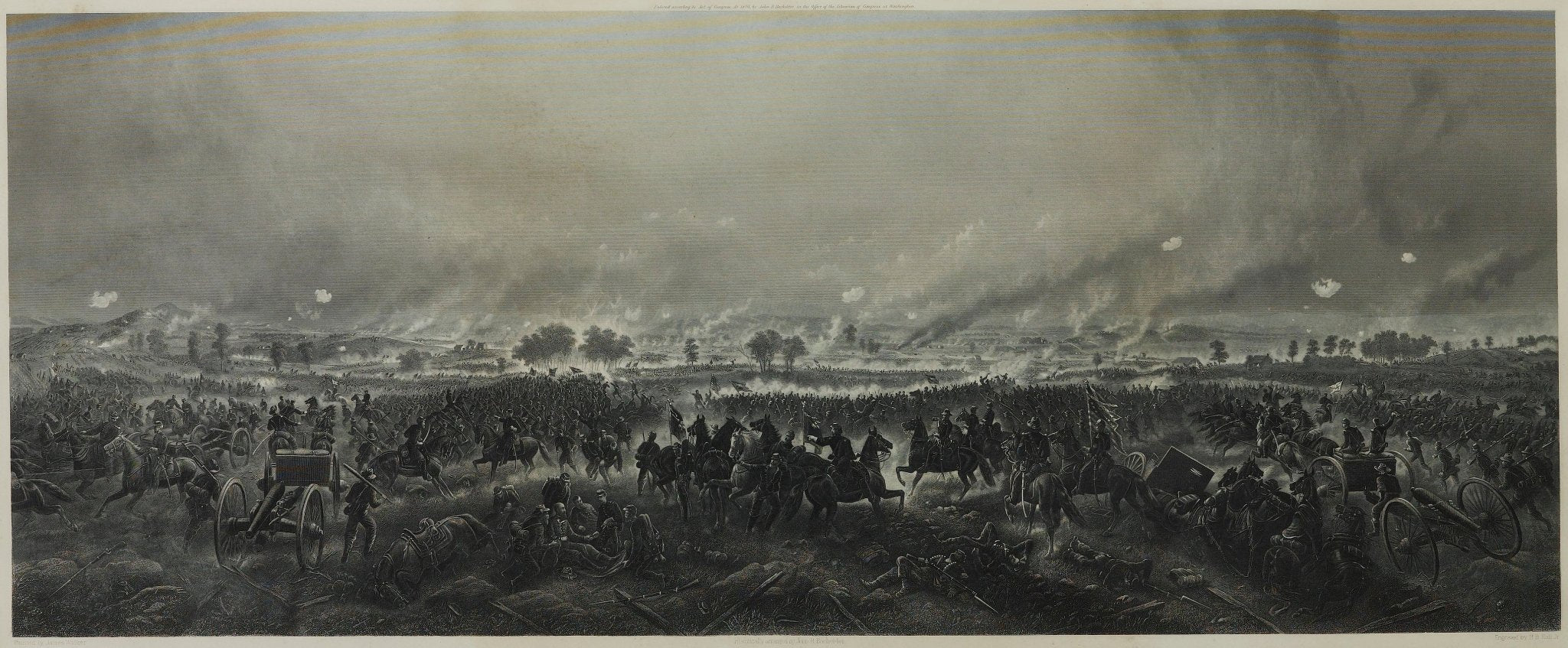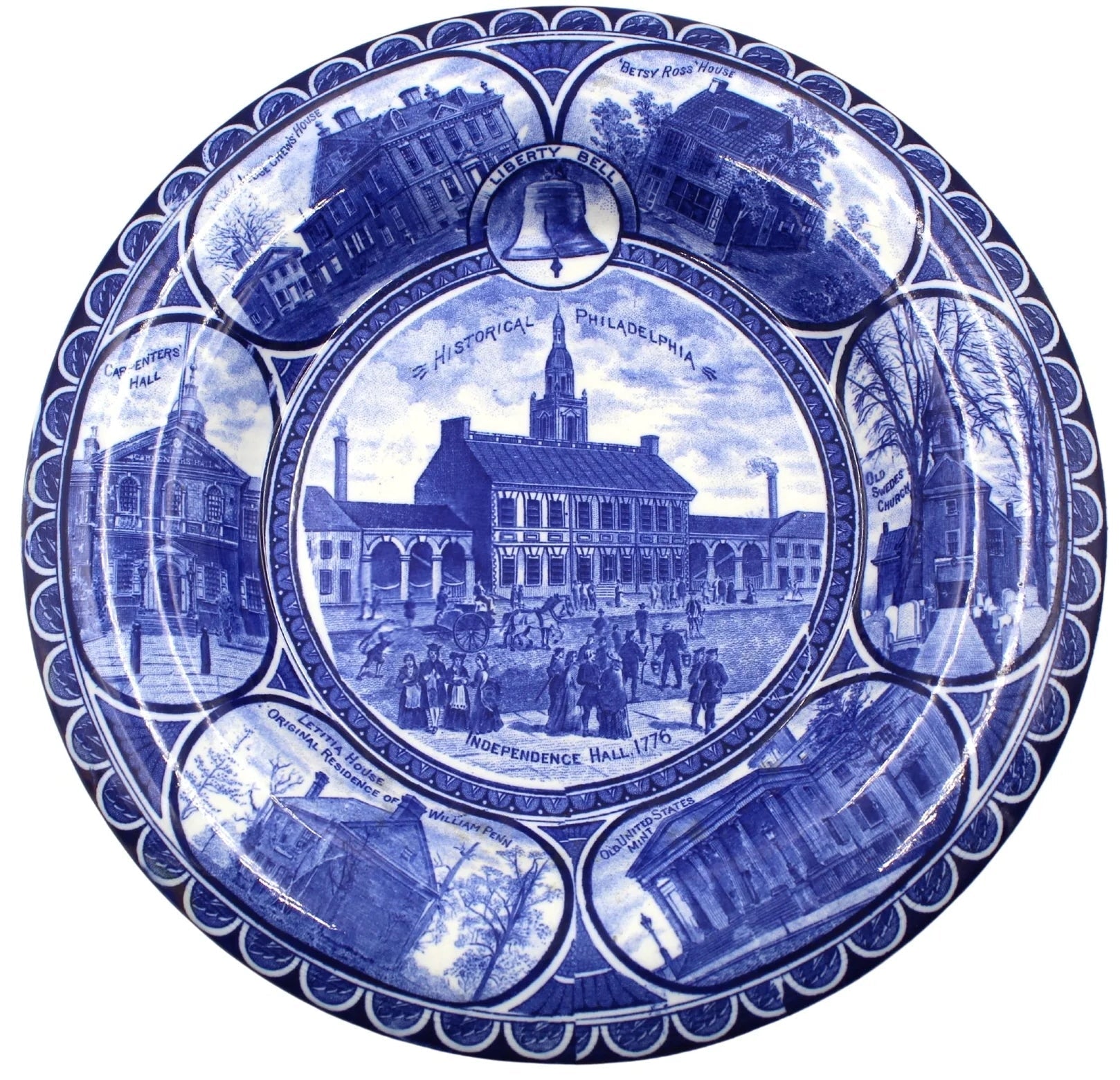Immigration Influence on War Bond Posters
In the United States, War Bonds, initially referred to as Defense Bonds, were first issued as Liberty Loans in 1917 as a means to help the government fund the military effort once we joined World War I. Through the sale of these War Bonds, the government raised over $20 billion for the war efforts. To generate this quick funding, four Liberty Loan campaigns took place, two in 1917 and two in 1918, as well as a Victory Loan campaign in 1919. This allowed for rapid subscription in the loan and bond programs. Subscribing to the bonds became a symbol of patriotic duty in the United States and introduced the idea of financial securities to many citizens for the first time.
Vibrant poster art, produced both locally and across the nation, was made to influence Americans to buy War Bonds. Within this outpouring of dynamic posters, many called on a specific audience; the immigrants.
According to the census of 1910, in a total population of almost 92 million, 15 percent had been born outside of the United States. In the years prior to World War I, refugees fleeing the Austro-Hungarian Empire, the Russian Revolution, and anti-Semetic pogroms changed the demographics of the immigrant population as more people from Eastern and Southern Europe arrived on American shores.
These propaganda posters called on them to demonstrate their loyalty through the purchase of Liberty Loans, specifically addressing immigrants in their new-found homes. Posters such as Remember Your First Thrill of American Liberty were meant to remind immigrants of when they first arrived and how they can fight for America, their new home.
Many posters that targeted the immigration population included the Statue of Liberty, as seen in Food Will Win The War. Along with the depiction of immigrants on the docks of Ellis Island, with the New York City skyline and Statue of Liberty in the background, this poster urges them to support the war effort through food conservation. The United States Food Administration, created in 1917 and headed by Herbert Hoover, campaigned to convince Americans to voluntarily change their eating habits in order to have enough food to feed the military and starving civilians in Europe.
This particular poster was also printed in a few different languages, including Italian, Yiddish, and Hungarian. By doing so, they sent the message that, even if you cannot yet read English, you can understand this in your Native Language and therefore can still help support the war effort. It was a chance for immigrants to give back to the place that gave them refuge, whether that be through War Bonds, conserving food, or both, in order to best serve America and support the American troops.

